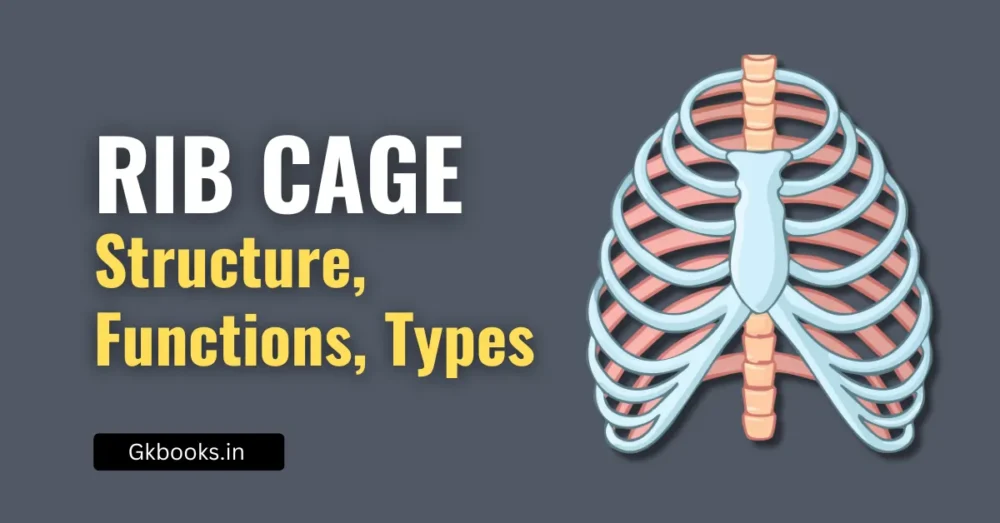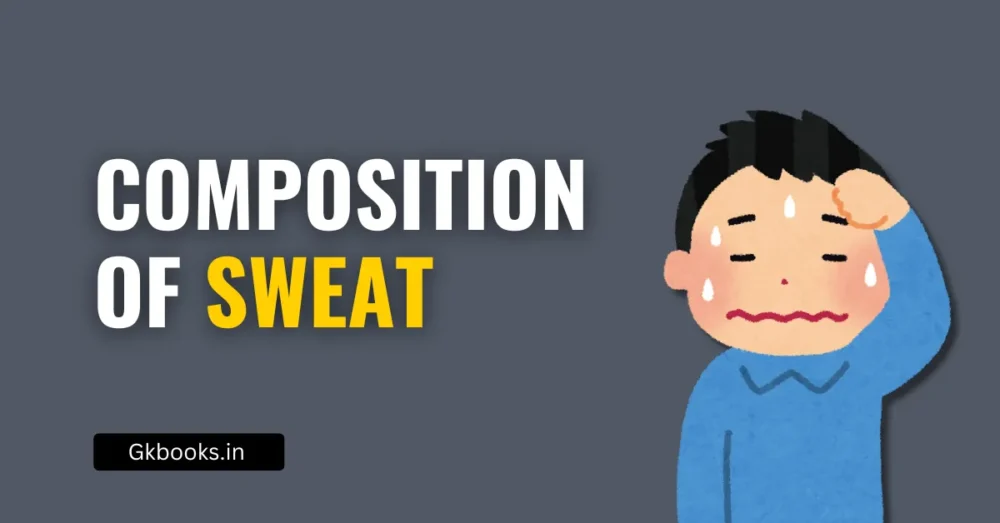Blood is a vital fluid in our body that transports oxygen, nutrients, and waste materials. It consists of two main components:
- Plasma – The liquid part of the blood (about 55%).
- Formed Elements – The solid components of blood (about 45%).
In this post, we will focus on the formed elements in blood, which include red blood cells (RBCs), white blood cells (WBCs), and platelets. Understanding these components is essential for various competitive exams like SSC, RRB NTPC, UPSC, and State PSCs.
◾ Understanding Blood Composition – A Must-Read for Exams!
What are Formed Elements?
Formed elements are the cells and cell fragments present in blood. They are produced in the bone marrow through a process called hematopoiesis. These elements play crucial roles in oxygen transport, immunity, and blood clotting.
The three types of formed elements are:
- Red Blood Cells (RBCs) or Erythrocytes
- White Blood Cells (WBCs) or Leukocytes
- Platelets or Thrombocytes
1. Red Blood Cells (RBCs) – Oxygen Carriers
- Function: RBCs transport oxygen from the lungs to the rest of the body and carry carbon dioxide back to the lungs for exhalation.
- Shape: They are biconcave, disc-shaped cells without a nucleus, which increases their surface area for oxygen transport.
- Color: Red due to the presence of hemoglobin, an iron-containing protein that binds to oxygen.
- Lifespan: About 120 days.
- Production Site: Bone marrow.
- Normal Count: Approximately 5 to 5.5 million RBCs per mm³ of blood in healthy adults.
- Hemoglobin Content: A healthy individual has 12-16 grams of hemoglobin per 100 ml of blood.
- Destruction Site: RBCs are destroyed in the spleen, known as the graveyard of RBCs.
Key Facts for Exams:
✅ Hemoglobin is the protein in RBCs responsible for oxygen transport.
✅ Anemia is caused by a low RBC count or decreased hemoglobin levels.
✅ Erythropoiesis is the process of RBC production, stimulated by the hormone erythropoietin from the kidneys.
2. White Blood Cells (WBCs) – The Body’s Defense System
- Function: WBCs protect the body from infections, diseases, and foreign invaders.
- Shape: Irregular in shape, with a nucleus.
- Normal Count: 6,000 to 8,000 WBCs per mm³ of blood.
- Types: There are five major types of WBCs categorized into two groups:
◾Dive Deeper into White Blood Cells: Functions, Types & More!
A. Granulocytes (Contain Granules in Cytoplasm)
- Neutrophils – First line of defense, fight bacterial infections (most abundant, 60-65% of total WBCs).
- Eosinophils – Fight parasitic infections and are involved in allergic reactions (2-3% of WBCs).
- Basophils – Release histamine, serotonin, and heparin, playing a role in allergic and inflammatory responses (0.5-1% of WBCs).
B. Agranulocytes (No Granules in Cytoplasm)
- Lymphocytes – Produce antibodies (B-cells) and destroy infected cells (T-cells) (20-25% of WBCs).
- Monocytes – Largest WBCs that become macrophages and digest pathogens (6-8% of WBCs).
- Lifespan: A few hours to several days.
Key Facts for Exams:
✅ Leukocytosis – Increase in WBC count, seen in infections.
✅ Leukopenia – Decrease in WBC count, seen in viral infections and some diseases.
✅ Phagocytosis – The process where WBCs engulf and destroy pathogens.
3. Platelets (Thrombocytes) – The Clotting Agents
- Function: Platelets help in blood clotting to prevent excessive bleeding from injuries.
- Shape: Small, disc-shaped cell fragments without a nucleus.
- Production Site: Bone marrow, produced from megakaryocytes.
- Lifespan: 7 to 10 days.
- Normal Count: 1,50,000 to 3,50,000 platelets per mm³ of blood.
- Role in Clotting: Platelets release various substances that aid in blood coagulation. A low platelet count can lead to clotting disorders, causing excessive bleeding.
Key Facts for Exams:
✅ Hemostasis – The process of stopping bleeding through clot formation.
✅ Thrombocytopenia – Low platelet count, leading to excessive bleeding.
✅ Thrombus – Abnormal clot formation inside a blood vessel.
Comparison Table of Formed Elements
| Component | Function | Shape | Lifespan | Normal Count |
|---|---|---|---|---|
| RBCs (Erythrocytes) | Transport oxygen & CO₂ | Biconcave disc | ~120 days | 5-5.5 million/mm³ |
| WBCs (Leukocytes) | Fight infections | Irregular | Few hours to days | 6,000-8,000/mm³ |
| Platelets (Thrombocytes) | Helps in blood clotting | Small, disc-shaped | 7–10 days | 1,50,000-3,50,000/mm³ |
Final Revision Tips
🔹 RBCs transport oxygen and contain hemoglobin.
🔹 WBCs fight infections and include neutrophils, eosinophils, basophils, lymphocytes, and monocytes.
🔹 Platelets help in blood clotting to prevent excessive bleeding.
🔹 Blood cells are produced in the bone marrow.
🔹 Anemia, leukopenia, and thrombocytopenia are disorders related to RBCs, WBCs, and platelets, respectively.
Conclusion
Understanding the formed elements of blood is crucial for competitive exams as questions frequently appear in the General Science and Biology sections. With regular revision and practice, you can easily master this topic!
✅ Keep practicing MCQs.
✅ Revise concepts through diagrams and tables.
✅ Stay confident and motivated!
For more such informative articles, visit gkbooks.in and follow our Facebook page for engaging infographics. 🚀📚







